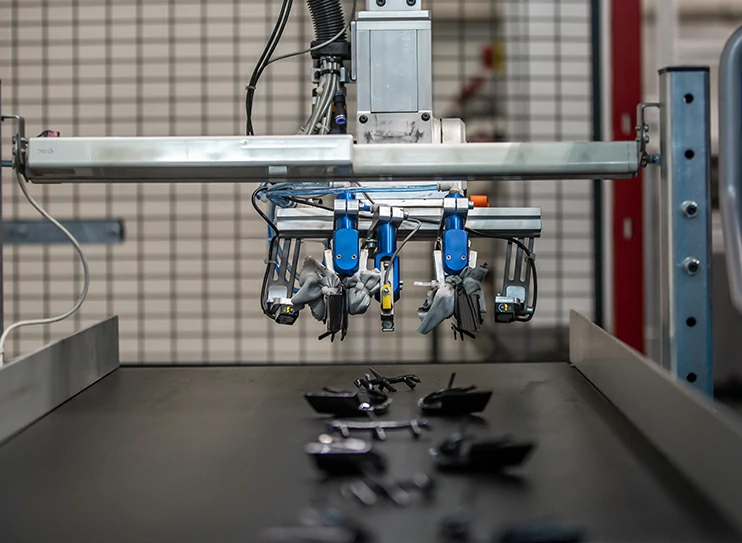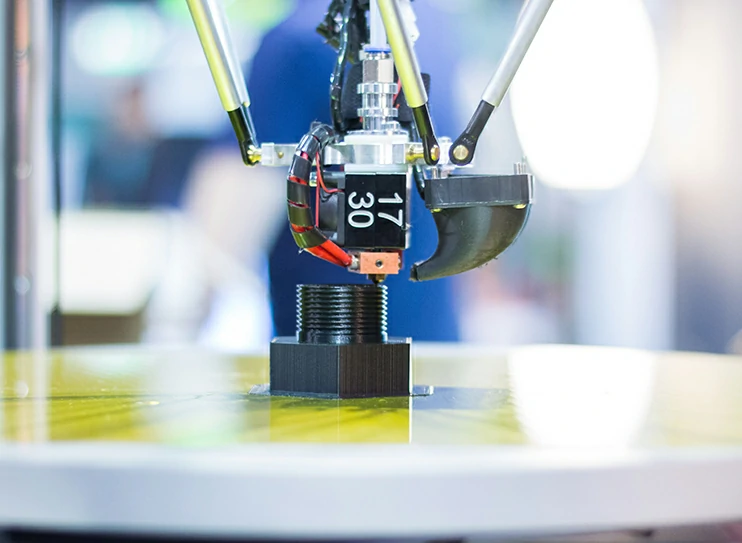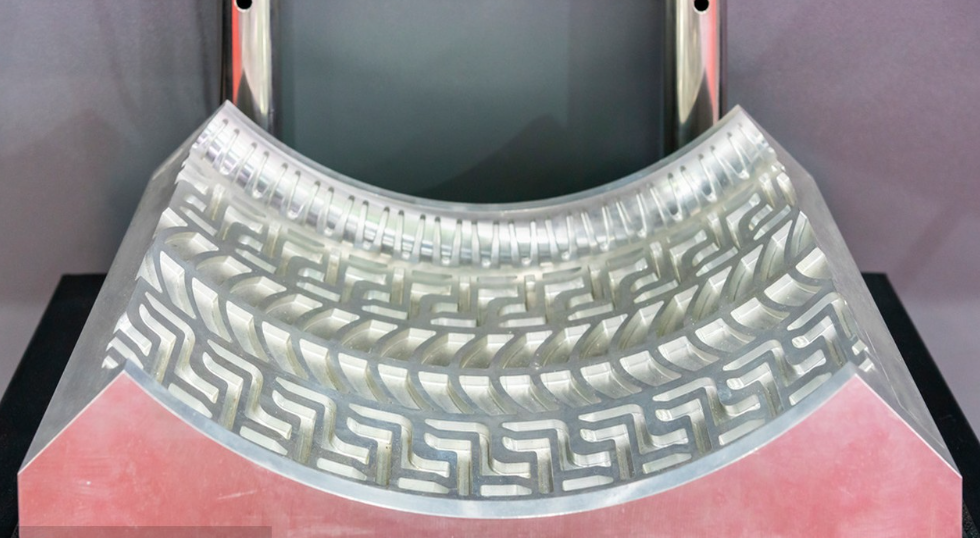The world of manufacturing has come a long way in the last few decades. One of the significant advancements is the introduction of 3D printing and injection molding. These technologies have revolutionized the manufacturing industry in different ways. With 3D printing, it’s easy to create a prototype of a product, and injection molding can produce high volumes of parts at an affordable price.
Are you trying to decide between 3D printing and injection molding but are unsure which is the right option for your project? We understand that it can be difficult to make a decision, especially when it comes to cost. In this article, we will break down the cost of 3D printing vs injection molding to help you make a decision that works best for you.

What Is 3D Printing?
What Is 3D Printing?3D printing is an additive manufacturing process that produces three-dimensional objects by layering material on top of itself. It is a process that digitally constructs objects from scratch. A 3D printer reads a 3D digital file and builds an object base on the file. 3D printing is ideal for low-volume production and prototyping.
Understanding 3D Printing Costs
Over the years, 3D printing technology has improved significantly, with more complex designs and the ability to print with different materials. However, it is not always the go-to option when it comes to manufacturing, especially when large volumes of parts are needed. One of the significant factors that affect the cost of 3D printing is the materials.
3D printing technology requires a specific type of material, and these materials can be expensive, depending on the complexity of the design. For instance, printing with metal powder is more expensive than printing with plastic filament. The cost of 3D printing is also affected by the size of the part being printed. Larger parts require more materials and, therefore, more expensive to produce than smaller parts.
Another factor that affects the cost of 3D printing is the printer’s speed. While 3D printing is a fast option compared to traditional manufacturing processes, it can still take time to print a part, depending on the complexity of the design. The more time it takes to print a part, the more expensive it becomes.
The main cost factors of 3D printing are the cost of the printer, the cost of the material, and the cost of labor.

Printers: 3D printers can range in price from a few hundred dollars to tens of thousands of dollars. The more expensive printers typically offer better quality and larger print volumes.
Materials: The cost of materials can vary depending on the type of material used. Common materials used in 3D printing include plastic, metal, and resin. The cost of materials can range from a few dollars to hundreds of dollars per kilogram.
Labor: The labor cost associated with 3D printing can be relatively low, as the process is largely automated. However, some manual labor may be required to prepare the printer and remove the finished product.
What Is Injection Molding?
Injection molding is a subtractive manufacturing process that forms objects by injecting molten material into a mold cavity. This method uses a mixture of melted plastic or rubber along with a binder material poured into a mold cavity. Injection molding is ideal for high volume production of identical parts.
Understanding Injection Molding Costs
Injection molding is one of the most popular manufacturing processes for mass-producing parts. It’s a process that involves injecting melted plastic into a mold and allowing it to cool and harden. The process is fast and can produce high volumes of parts within a short time. The cost of injection molding is also relatively cheap compared to 3D printing.
One of the significant advantages of injection molding is the ability to create complex parts at a lower cost. This is because the molding process requires a minimal amount of material to create shapes, unlike 3D printing, where adding material to create a structure is the norm. This is a factor that makes injection molding more cost-effective than 3D printing.
Injection molding is a process that creates parts by injecting molten material into a mold. The main cost factors of injection molding are the cost of the mold and the cost of material.
Mold: The cost of the mold can range from a few thousand dollars to tens of thousands of dollars. The more complex the mold, the more expensive it will be.
Material: The cost of material can vary depending on the type of material used. Common materials used in injection molding include plastic, metal, and rubber. The cost of materials can range from a few cents to tens of dollars per pound.

Cost Comparison: 3D Printing Vs Injection Molding
When it comes to the production of parts for business applications, cost effectiveness is key. 3D printing is commonly thought to be more expensive than injection molding. However, that is not necessarily true. Several factors influence the cost of 3D printing or injection molding:
- Material cost: The cost of materials used in 3D printing is generally more expensive than injection molding. However, 3D printing allows for the use of a broader variety of materials, limiting the need to manage inventory.
- Set-up Cost: The primary cost of injection molding is the cost of setting up the equipment. This cost must be factored in when considering the overall cost of production.
- Design cost: Designing a mold for injection molding requires high upfront cost, but once the design has been made, the production cost will decrease significantly.
- Labor Cost: 3D printing requires little labor cost, and most of the work is done by machines. Injection molding is more labor-intensive.
When Should You Use 3D Printing?
3D printing is perfect for producing low-volume custom parts, prototype testing, and small batch productions. If you need a product that can be easily modified and prototyped, then 3D printing is the best option. This method is ideal for intricate designs, complex geometries, and producing parts in large variety.
When Should You Use Injection Molding?
Injection molding is best suited for high-volume production. If you need to produce identical parts in high quantities, injection molding is the way to go. This method is a versatile option and can handle a variety of materials, including metal and thermoplastics.
Which One is More Cost-Effective?
The answer depends on your business’s unique circumstances. If you need low-volume production or customized products, then 3D printing might be the best choice. If, on the other hand, you need high-volume production, injection molding could be the more cost-effective option.
Making an Informed Financial Decision
When deciding whether to use 3D printing or injection molding, it’s important to consider both the short-term and long-term costs. 3D printing may be more cost-effective for small quantities, while injection molding may be more cost-effective for larger quantities.
To make an informed financial decision, it’s important to evaluate your specific needs and consider factors such as quantity, material, quality, and production time. By doing so, you can choose the production method that best fits your budget and production goals.
Conclusion
Choosing between 3D printing and injection molding can be confusing, but understanding their differences is crucial. Both processes have advantages and disadvantages, and the decision will depend on your business’s unique requirements. Consider the quantity, complexity, and customization of your part to evaluate which process is more suitable for your application. No matter which process you choose, it’s important to remember that quality should always come first, and costs should be allocated appropriately.
FAQ
The answer to this question depends on a variety of factors, such as the size of your parts, the complexity of your design, and the quantity of parts you need. In general, 3D printing is cheaper for small quantities, while injection molding is cheaper for large quantities.
To decide which method is best for your product, you’ll need to consider a variety of factors, such as the complexity of your design, the quantity of parts you need, and your budget. If you only need a small quantity of parts, 3D printing might be the best option. If you need a large quantity, injection molding might be the way to go.
Once you have created a mold, the cost per part decreases significantly. This is because you can quickly produce large quantities of parts with the same mold, without incurring any additional setup costs. With 3D printing, the cost per part remains constant, regardless of how many parts you produce.


